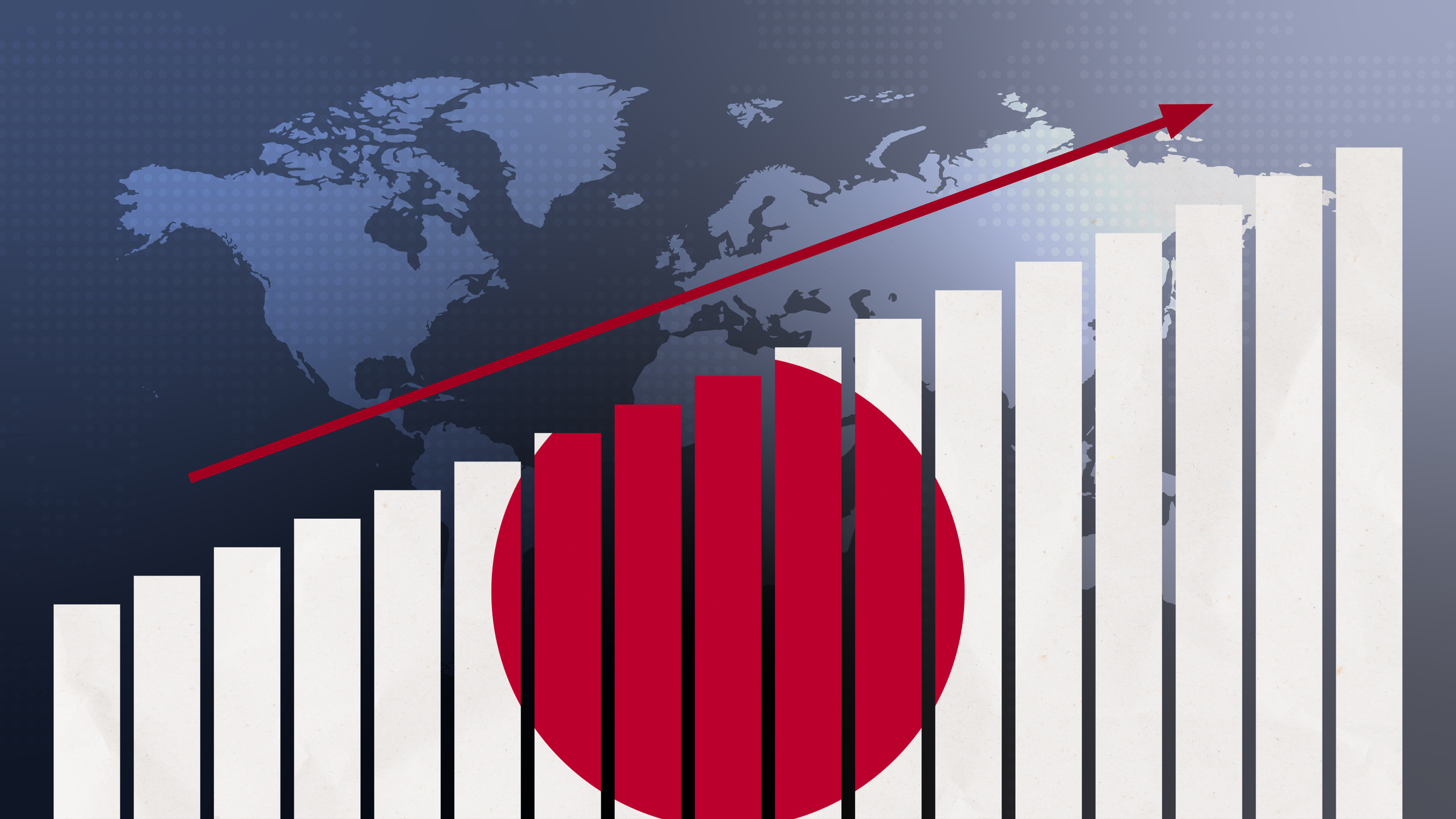Stocking a Long-Term Portfolio
The key to winning with stocks is to stay focused on the long-term, avoid common errors and maintain a well-diversified portfolio.
When it comes to scoring big returns for big-ticket goals -- a fat retirement nest egg or tuition for the kids -- stocks are still the stars.
Yes, they've had a rough couple of seasons -- the Standard and Poor's 500 index is still more than 25% below its high two years ago -- but over the long-haul, stocks have historically outperformed other types of investments. On average, stocks have returned 10.4% a year since 1926. By comparison, long-term government bonds are less likely to decline in value, but have returned just 5.5% over the same time period. And short-term cash and Treasury bills returned about 3.7%. So, the more risk you are willing to take, the bigger the reward.
The key to winning with stocks is to stay focused on the long-term, avoid common errors and maintain a well-diversified portfolio.

Sign up for Kiplinger’s Free E-Newsletters
Profit and prosper with the best of expert advice on investing, taxes, retirement, personal finance and more - straight to your e-mail.
Profit and prosper with the best of expert advice - straight to your e-mail.
Think buy-and-hold
Stocks are risky, no doubt about it, but time is literally on your side. The more time you have, the easier it is to wait out the declines and ride the rebounds. If your goals are six or more years away, and you can stomach the occasional dips, then all of your portfolio should be in stocks. Test your risk tolerance to see how much of your portfolio should be in stocks.
As your savings goals near, however, you'll want to remove some of that risk by moving money out of stocks and into safer bond or cash investments.
Before getting started in stocks, however, make sure you have enough cash on hand to cover emergencies, lay-offs or big near-term expenses, says Steve Garrett, a financial planner for A.G. Edwards & Sons. "If you get into a nasty bear market," he says, "the last thing you want to have to do is liquidate your stocks" to pay the bills.
Diversify, diversify, diversify
Money managers and advisers can't say it enough -- don't put all your eggs in one basket. "It's the golden rule of the business," says Garrett.
Enron is a notorious object lesson for investors who feel compelled to bet it all on one stock. And it's not just one bad-apple stock that has the potential to spoil your savings goal. For example, if one energy company reports major losses and its stock takes a hit, a lot of other energy stocks will go down with it. "It's guilt by association," says Garrett. If your portfolio is too heavily weighted in the one particular sector, you'll feel the pain more sharply.
Start by spreading out your investments among at least six (ideally eight) sectors. Look at stocks of companies involved in basic industries like manufacturing, communications, health care, defense, technology and retail among many others. Briefing.com provides free sector ratings on its Web site, and they're updated at least once a month.
Garrett recommends that no more than 20% of your stocks be from any one sector. Once you have the sectors nailed down, it's time to start picking some stocks (see "Four Questions to Ask Before You Buy"). You'll want to buy at least 12, and possibly as many as 25, different stocks. In an ideal world, says Garrett, "you want to make sure that that holding is no more than 3% or 4% or your total portfolio."
Know when to get out of the game
One of the most common mistakes investors make is getting too attached to their stock picks. "It's great to ride a winning horse as long as you can," says Garrett, but you have to know when to get out. See "Learning to Say Sell" for a list of signs that might signal when it's time to part with a stock and move on to something else.
One final note: To get your stock portfolio going, you should have at least $30,000 that you're willing to do without for the next ten years. You can do it for less, but Garrett wouldn't advise it.
If that's more than you have on hand, consider mutual funds.
Get Kiplinger Today newsletter — free
Profit and prosper with the best of Kiplinger's advice on investing, taxes, retirement, personal finance and much more. Delivered daily. Enter your email in the box and click Sign Me Up.
-
 The AI Doctor Coming to Read Your Test Results
The AI Doctor Coming to Read Your Test ResultsThe Kiplinger Letter There’s big opportunity for AI tools that analyze CAT scans, MRIs and other medical images. But there are also big challenges that human clinicians and tech companies will have to overcome.
By John Miley Published
-
 The Best Places for LGBTQ People to Retire Abroad
The Best Places for LGBTQ People to Retire AbroadLGBTQ people can safely retire abroad, but they must know a country’s laws and level of support — going beyond the usual retirement considerations.
By Drew Limsky Published
-
 What DOGE is Doing Now
What DOGE is Doing NowThe Kiplinger Letter As Musk's DOGE pursues its ambitious agenda, uncertainty and legal challenges are mounting — causing frustration for Trump.
By Matthew Housiaux Published
-
 A Move Away From Free Trade
A Move Away From Free TradeThe Letter President Trump says long-term gain will be worth short-term pain, but the pain could be significant this year.
By David Payne Published
-
 Trump’s Whirlwind Month of Crypto Moves
Trump’s Whirlwind Month of Crypto MovesThe Kiplinger Letter The Trump administration wants to strengthen U.S. leadership in the cryptocurrency industry by providing regulatory clarity.
By Rodrigo Sermeño Published
-
 What Could Derail the Economy This Year?
What Could Derail the Economy This Year?The Letter While the outlook for the U.S. economy is mostly favorable, there are plenty of risks that bear watching.
By David Payne Published
-
 Three Ways President Trump Could Impact the Economy
Three Ways President Trump Could Impact the EconomyThe Letter Some of Trump's top priorities could boost economic growth, but others risk fueling inflation.
By David Payne Published
-
 Europe Faces Economic and Political Headwinds Next Year
Europe Faces Economic and Political Headwinds Next YearThe Letter Challenges for Europe: Potential tariffs, high energy prices and more competition from China will weigh on the bloc in 2025.
By Rodrigo Sermeño Published
-
 Don't Sleep on Japan's Economic Transformation
Don't Sleep on Japan's Economic TransformationThe Letter After almost three lost decades, Japan — one of the world's biggest economies — is finally showing signs of life.
By Rodrigo Sermeño Published
-
 Start-ups Trying to (Profitably) Solve the World’s Hardest Problems
Start-ups Trying to (Profitably) Solve the World’s Hardest ProblemsThe Letter More investors are interested in companies working on breakthrough science to tackle huge societal challenges. The field of deep tech has major tailwinds, too.
By John Miley Published